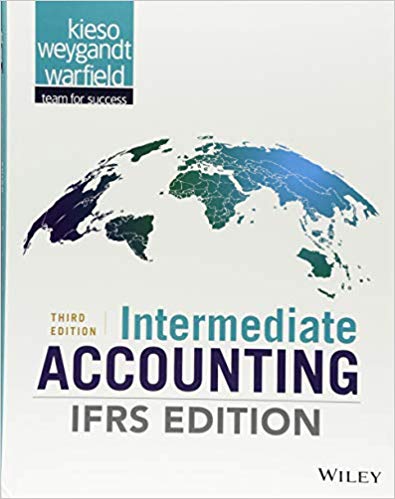You are the vice president of finance of Mickiewicz Corporation, a retail company that prepared two different
Question:
-1.png)
The computation of cost of goods sold in each schedule is based on the following data.
-2.png)
Peggy Fleming, the president of the company, cannot understand how two different gross margins can be computed from the same set of data. As the vice president of finance, you have explained to Ms. Fleming that the two schedules are based on different assumptions concerning the flow of inventory costs, i.e., FIFO and LIFO. Schedules 1 and 2 were not necessarily prepared in this sequence of cost flow assumptions.
Instructions
Prepare two separate schedules computing cost of goods sold and supporting schedules showing the composition of the ending inventory under both cost flow assumptions (assume periodic system).
The ending inventory is the amount of inventory that a business is required to present on its balance sheet. It can be calculated using the ending inventory formula Ending Inventory Formula =...
Step by Step Answer:

Intermediate Accounting IFRS
ISBN: 978-1119372936
3rd edition
Authors: Donald E. Kieso, Jerry J. Weygandt, Terry D. Warfield





